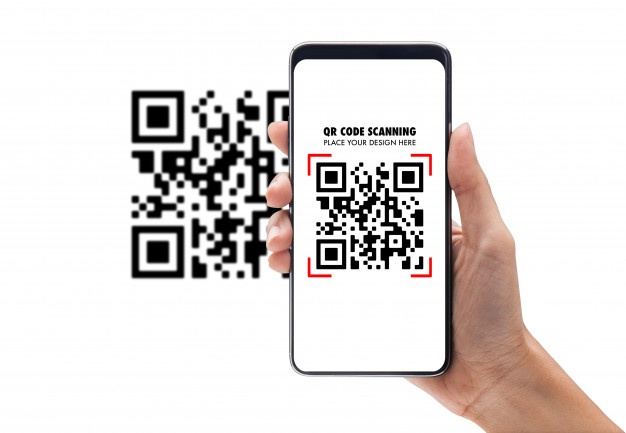
Etichettatura ambientale: le nuove normative.
Designing, manufacturing and placing packaging on the market today cannot ignore the evaluation and consideration of the environmental and eco-compatibility aspects that it must have.
The different functions of packaging are now closely connected with the environmental variable, not only because the European and national legislator has placed its attention on it, but also because the final consumer has become more demanding in this regard. The Institute’s Environmental Commission, which works with the aim of monitoring developments in environmental policies and regulations on packaging to inform and disseminate this knowledge among economic operators, could not therefore fail to deal with such a crucial topic as environmental labelling, which should summarize, through a few symbols, the path of eco-sustainability that a specific package or packaging must follow at the end of its use.
From December 2021 it will be mandatory to include environmental labeling in all packaging, to facilitate the final consumer in the correct disposal of waste according to the principles of recycling.
For some years now, environmental labeling on packaging has been introduced on a voluntary basis and many companies have joined it; but with the mandatory introduction of the latter, there are many doubts about the information to be included on the label and the various types of materials. Let us try, through this article, to clarify.
It is the legislative decree 116 of 3 September 2020 that defines the rules on environmental labeling which, in line with the European Directive EU 2018/852, establishes how all packaging must be labeled so that the final consumer can arrange for their recycling in a simpler and faster way, to dispose of them correctly.
First of all we have to distinguish single-component from multi-component packaging:
for single-component, the company is obliged to report the coding of the material in accordance with decision 97/129 / EC and the indications on the collection. The following information must necessarily be reported:
– The identification code of the packaging material.
– The information on differentiation, with a formula for example: “plastic recycling” and to invite the consumer to check the provisions of their municipality (eg. Paper recycling. Check the provisions of your municipality).
The same subdivision also applies to multi-component packaging that can be separated manually, adding the description of the type of packaging for each component (eg cap, bottle, pump, jar ..)
For multi-component packaging systems, the company is required to distinguish the parts that cannot be separated by hand from those that are. All components that can be separated from the main packaging only by hand are considered to be separable by hand, without the help of other tools and without risk. Each component that can be separated from the rest of the packaging must bear the coding of the material and the indications on separate collection if they are not already indicated on the outer packaging.
A typical example of parts that cannot be easily separated by hand is that of a plastic bottle with an adhesive paper label, where it is not necessary to specify the data relating to the label alone.
Often, it may happen that there is not enough space inside the packaging, label or wrapper for the insertion of environmental labeling. In these cases, unfortunately, the rule does not provide for any exemption for small packaging / packaging, with reduced printing space or the inclusion of multilingual. The Ministry of Ecological Transition has issued a note, on May 17, 2021, where it clarifies, that where there are limits of physical spaces for the insertion of environmental labeling, or a poor readability of the information, these can be conveyed through digital channels or made available through the websites of the company and / or the retailer.
A practical solution could be the use of the QR code; a two-dimensional barcode, ie a matrix, consisting of black modules arranged within a white square pattern, generally used to store information intended to be read via a special optical reader or even a smartphone.

To answer the many questions of companies, CONAI (National Packaging Consortium) has developed the platform http://www.etichetta-conai.com/ dedicated to the topic, to help companies adapt to the legislation that will come into force from 2022, and provides an online tool called E-TICHETTA http://e-tichetta.conai.org/ to independently create the environmental labeling of their packaging.
Fonte Immagine: www.cnaveneto.it
Fonte Immagine: www.cnaveneto.it
Fonte Immagine: www.cnaveneto.it





